
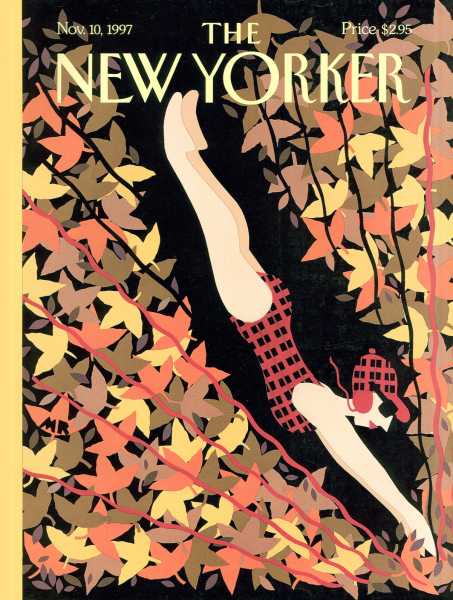
“Fall Guise,” November 10, 1997.
Michael Roberts, who died on Monday in Taormina, Sicily, was The New Yorker’s first and only fashion director. Beginning in 1996, he contributed twenty-three exuberant covers, most of them for the magazine’s Style & Design issues, which he pioneered. Tina Brown, who brought Michael to the magazine, called him the Jean Cocteau of the fashion world. Born in England and educated at art school, he was a painter, an illustrator, a stylist, and a photographer, but New Yorker readers will remember him for his collages, joyous layers of colorful shapes that he cut freehand with scissors, usually working without a sketch.
Michael was in the fashion world but not of it. Nothing delighted him more than poking at its silliness and pomposity with the point of his scissors. “Hideous!” (which he pronounced “HID-yuss!”) was a favorite exclamation, followed by “Cauchemar!” In tone, his tart graphic takes on fashion foolishness recall Peter Arno’s sly eviscerations of café society. One cover, from 2001, titled “Slaves to Fashion,” shows itty-bitty laborers dragging huge slabs of gold onto a society woman’s outfit, as if building the pyramids. “It works on two levels,” Michael told Marshall Heyman, in an interview for newyorker.com. The woman “is a slave to fashion, dressing slavishly in gold, which is the fashion moment, and the poor little buggers are slaving to fashion while working to enhance her beauty.” Another cover, called “Head Over Heels,” shows models in sky-high stilettos, accessorized with canes and bandages around their ankles.
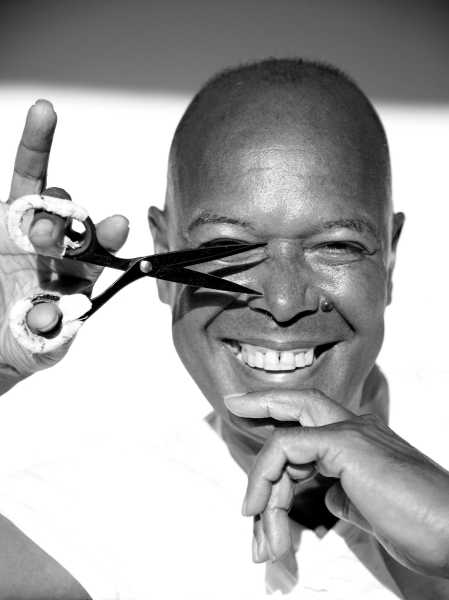
Michael Roberts was in the fashion world but not of it.Photograph by Milo Osborn
The old fashion chestnut “Elegance is refusal” was a favorite of Michael’s. He had an austere bent; he enjoyed the challenge of telling a complex story using only scraps of paper. The careful snipping of his scissors was a parallel, tangible version of what we editors do all day. (As Wolcott Gibbs put it, in a 1937 memo to editors, “The more ‘as a matter of facts,’ ‘howevers,’ ‘for instances,’ etc., you can cut out, the nearer you are to the Kingdom of Heaven.”) Michael’s scissors flashed with precision, the leftover scraps pooling at his feet like rainbow confetti. He serenely sheared out his shapes wherever he went, the way another person might knit; after 9/11, when scissors were banned from flights, he was at a loss. Gusts from open windows were an occupational hazard; so were hotel maids, who sometimes swept his bits of paper treasure into the trash.
Then there was the documentary he directed about the shoe designer Manolo Blahnik, and a music video he made for Bryan Ferry. As a photographer, he was proud of a 1989 shot he took of his friend Vivienne Westwood done up as Margaret Thatcher, for the cover of Tatler. Last year, Thatcher’s opposite number, Queen Elizabeth, awarded him an Order of the British Empire; he was due to collect it in person next month from King Charles at Windsor. Among the numerous illustrated books that he published was an A-to-Z called “Fashion Victims: The Catty Catalogue of Stylish Casualties.” From the introduction:
But here, dear readers, we intend
To contemplate the world of trend.
Dissect the egos, greed, and lies
That dazzle fashion’s butterflies.
And then in language full of sass
Strip bare the vain, the mean, the crass. ♦
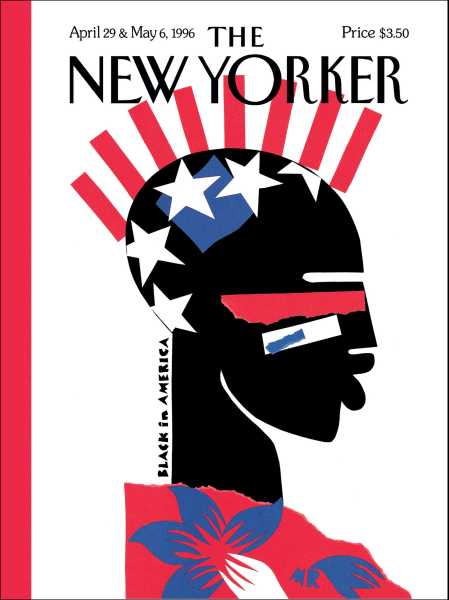
April 29 & May 6, 1996.
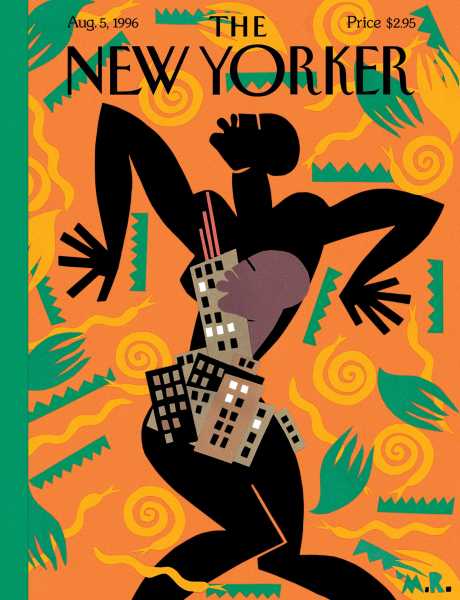
“Helter Swelter,” August 5, 1996.
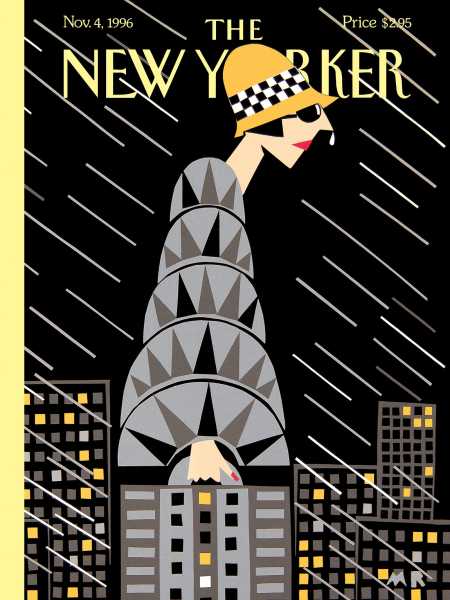
“The Height of Fashion,” November 4, 1996.
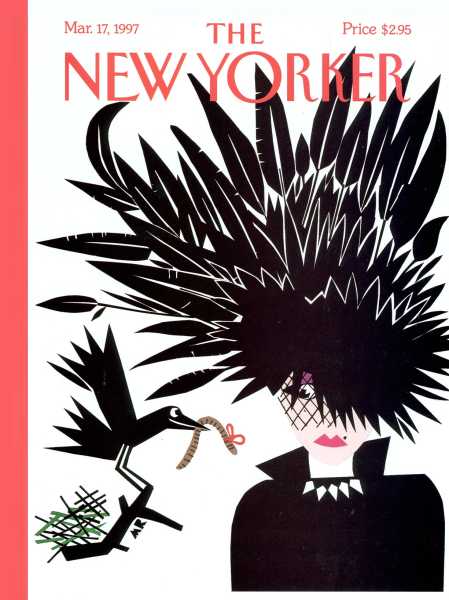
“Cheep Chic,” March 17, 1997.
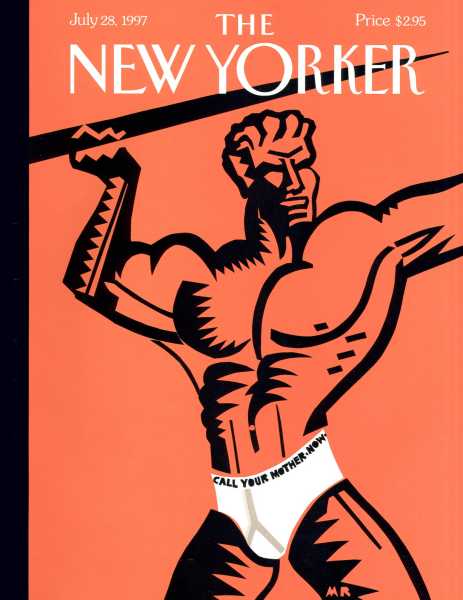
“Below the Belt,” July 28, 1997.
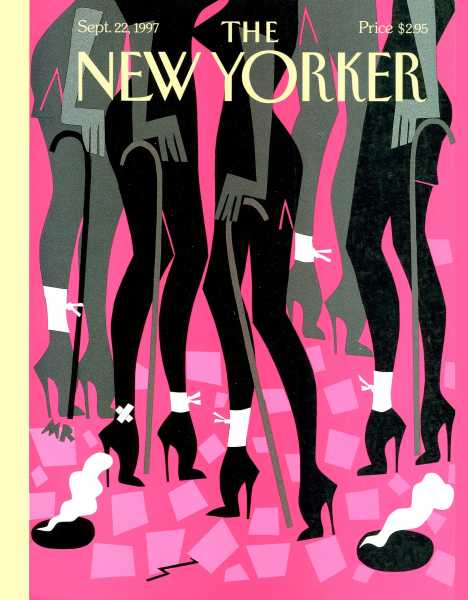
“Head Over Heels,” September 22, 1997.
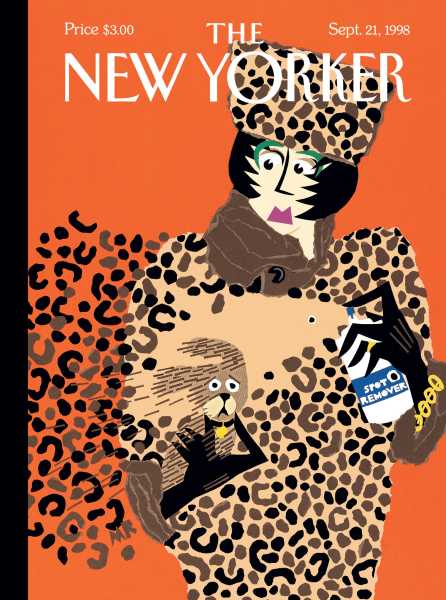
“Spot Check,” September 21, 1998.
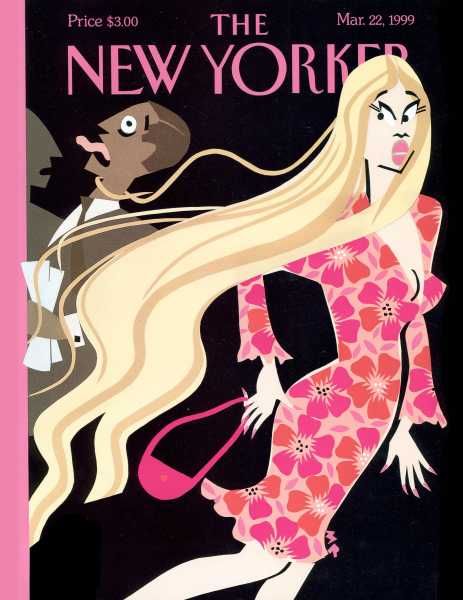
“Cruel Extensions,” March 22, 1999.
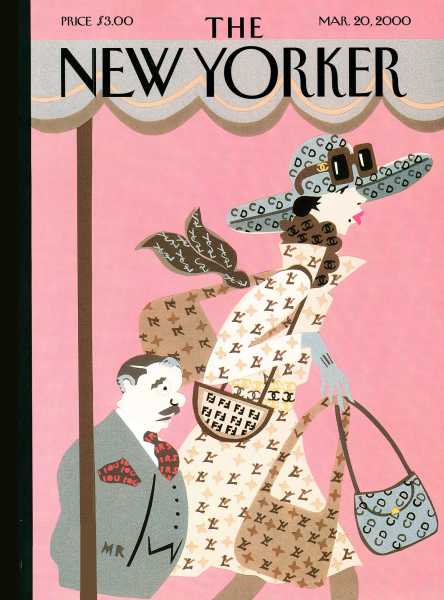
“Logo, Oh, No!,” March 20, 2000.
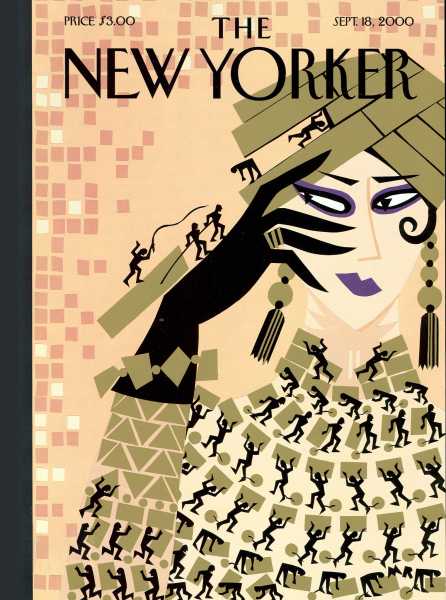
“Slaves to Fashion,” September 18, 2000.
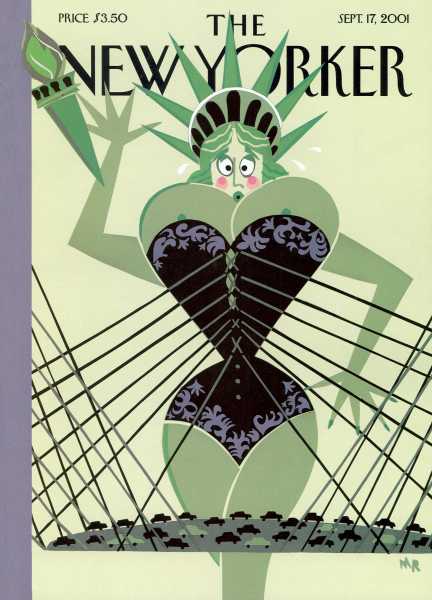
“Yearning to Breathe Free,” September 17, 2001.
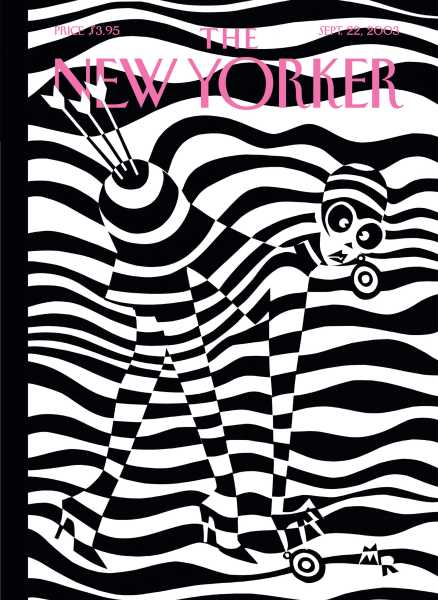
“The Bottom Line,” September 22, 2003.
Sourse: newyorker.com






